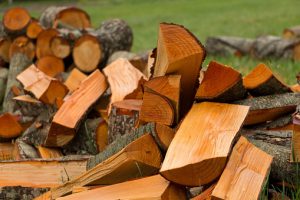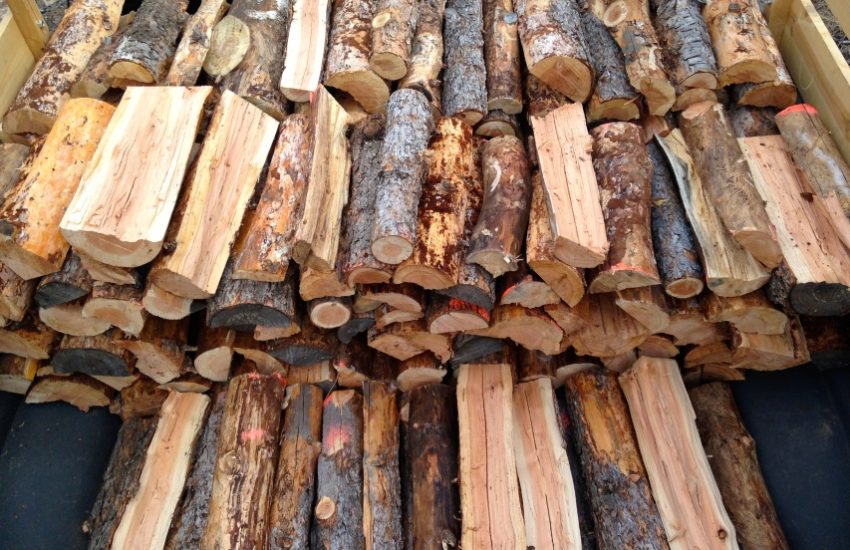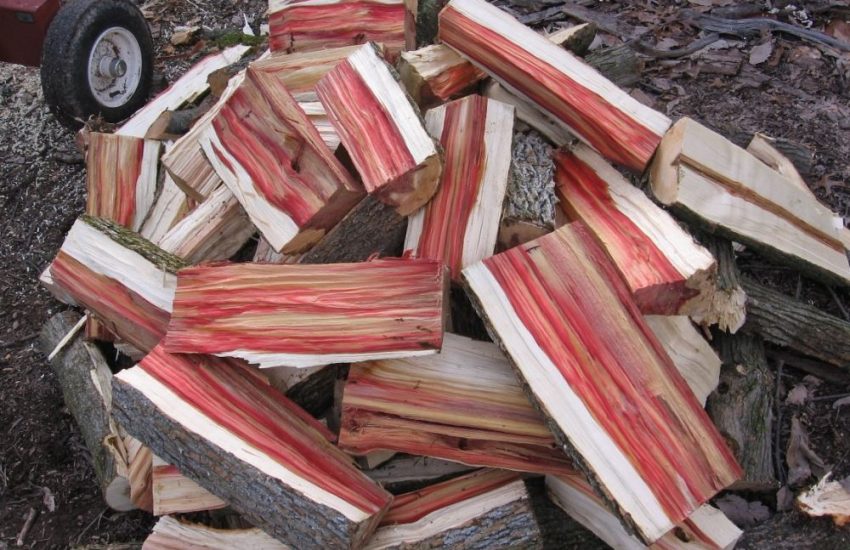Is Alder Good for Firewood – Complete Analysis
Alder trees can be grown in zones 3 to 7. This tree has a wide root spreading habit, making it ideal for wet areas that need stabilizing. Alder will need a lot of water and may not survive times of extreme heat and dryness. Where alder roots, it fixes nitrogen in the soil. If your soil is tired or if your streams and creeks tend to wash away, planting alders on the bank can help. Once you have them established, they will quickly spread down both sides of the water way.

Heat Output and Efficiency (in BTUs)
Alder is a soft wood and has a lower BTU output than hardwood trees. You can expect about between 19 and 20 BTUs when burning dry alder. This can be a good fall or spring wood if you live in cold country or only burn wood as a supplementary heat. Because alder smells so good when burned, you may just want to use it around the holidays to freshen your home.
Creosote Buildup
Because alder is a soft wood, the risk of creosote build-up is higher than if you burn with hard wood. However, any wood can produce creosote if you burn it wet. Smoky wood, whether hard or soft, produces the most build-up. Keeping your stove lit and burning regularly is a good first step to staying ahead of creosote; keeping your chimney cleaned regularly can keep it burning cleanly and reduce the risk of build-up. If your stove has sat unused all summer, it’s a good idea to burn a hardwood to start to warm up the whole system for a decent stretch of time. Of course, you will want to check your chimney first.
Amount of Smoke/Spark Production
Alder wood has a clean, straight grain. It doesn’t do a lot of popping and sparking. Unburned, it smells quite nice and can be a lovely addition to your firebox. Once fully dry, it burns with a light fragrance. Track your firewood drying space by taking photos on your phone and setting them on your calendar so you know which batch is fully cured and ready for burning. If it hasn’t cured for at least 8 months, even if it splits beautifully, it’s going to smoke and load your stove and chimney with creosote.
Coal Production
Like many soft woods, alder produces more ash than coal. If you need a long burn because you’ll be out for a time or for a cold overnight, use a hard wood. Get in a regular habit of ash clean out to avoid sooty fires. Unlike a lot of fibrous woods, alder produces less ash than some. However, you won’t have much luck building a bed of banking or baking coals on an alder fire.
How Long to Season Alder Firewood?
Alder can be a bit deceptive because it splits easily whether wet or dry. To get a good burn without a lot of smoke, it’s a good idea to season your alder for at least 8 months and preferably 12. Stack it off the dirt in a spot where it can get a decent breeze and daily sun. If you’re not sure about how dry it is, hit it with a hammer. If it sounds hollow, it’s seasoned. Give the wood plenty of sun and fresh air to help it shed water. If your seasoning time is short because you are new to your home and your woodlot, cut the rounds in shorter sections so it will dry faster.
Is Alder Firewood Expensive?
Any seasoned firewood you buy in the fall is going to cost more. If you can, purchase it in the spring. Do be aware that those who harvest alder need to work around the waterways that these trees love; if it’s been a very wet spring, taking down and hauling trees off may not be an option for a time.
If you buy in the spring, you can get a much better price. You will need to set up a spot to dry your alder and you may not be able to start splitting and burning it until next spring. However, if you live in a region that is still chilly in the mornings in March and April, you can get a lot of use out of this wood. A small fire that burns out quickly may be all the heat you need in the spring.
Pros and Cons of Using Alder for Firewood
Pros:
This wood grows quickly. If you’ve got your own woodlot and an accessible waterway, planting alder along the bank can be a great addition to your soil, it’s stability and your future wood production. At 2 feet a year, you can have harvestable timber in a pretty short time.
Alder smells good! Burned or unburned, this wood has a pleasant aroma to scent your home during the fireplace season. The fires are low in sparks and nice and quiet; there will not be a lot of sputtering and sparking.
If you love to split wood, alder will quickly become a favorite. This soft wood has a straight grain that splits quickly and easily. As long as you season it, splitting this for a quick fire will be a simple process.
The bark of some species of alder trees can actually produce a red dye. Make sure you wear gloves and clothing that you don’t mind staining; this dye has real staying power and can help you learn to dye your own natural fibers if this activity appeals.
Cons:
Alder is a soft, light wood. The heat output is low. If you live in very cold country, this may not keep you warm for long stretches.
Ash production means that you need to regularly dump ash to keep your fireplace or stove open.
Alder will split when you’re cutting it. If you use a chainsaw to take down your own trees, keep an eye on the gap to make sure that the tree you’re cutting doesn’t split higher up and leave you dealing with a high snag.
How Alder Firewood Compares to Other Trees
In comparison to other trees that grow along waterways, alder is a decent investment if you plan to grow your own firewood. It’s not a hardwood that will burn long and hot on the coldest night, but it grows quickly and is good for the soil on your land. Because the roots of an alder tree are rather greedy, you can quickly tackle problem areas that tend to wash away during wet seasons.
While water loving trees like cottonwoods have a pretty ordinary order when cut or burned, alder trees smell wonderful when split and even better when burned as long as they’re properly seasoned.
Finally, alder is really easy to split. If you are an aging homesteader who struggles to manage a very large ax, you can still split off small pieces of alder to start your fires easily. If you harvest your own trees, you will want to make sure you have a path away from a tree that looks like it may split in the cutting. Drop the saw and go!


